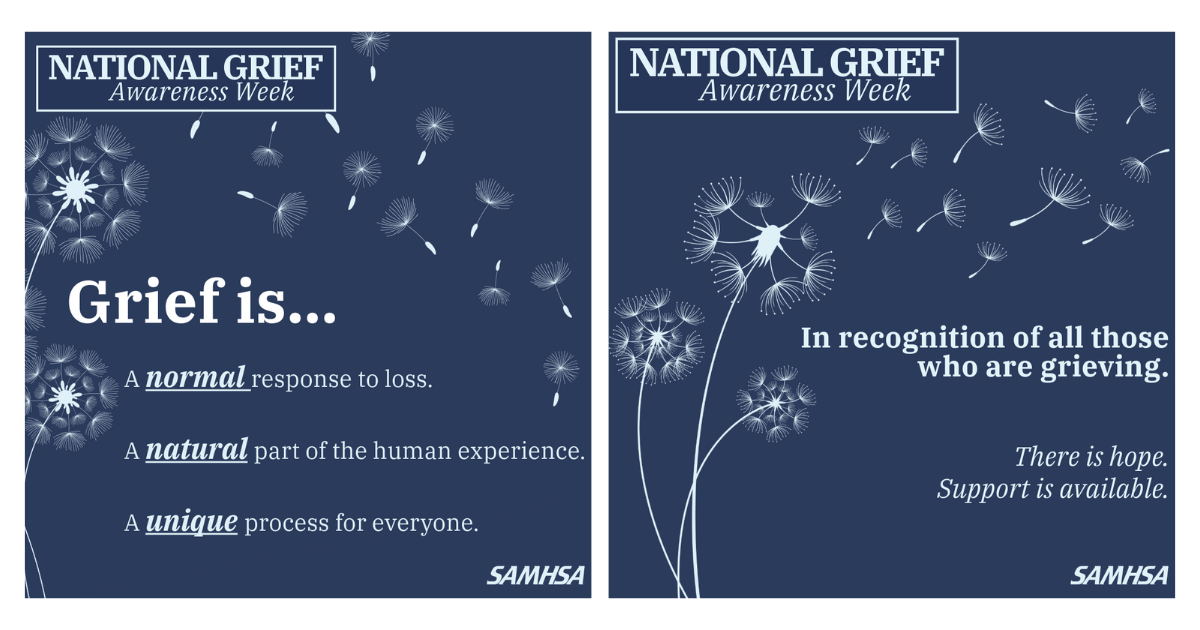How Your Death Affects Climate Change
Article originally appeared on Huffington Post
You might take solace in the fact that when you die, your days of polluting the planet are over. But the truth is that the method you choose to dispose of your mortal remains has more of a deleterious impact on the environment than you might think.
Today, more than 50 percent of Americans choose conventional burial for their bodies when they die. This means that they are pumped full of embalming fluid (a known carcinogen), put into a casket (often made of tropical hardwood), and buried inside a concrete grave liner. This is to stave off the natural process of decomposition and to make it easier to mow around gravestones in the cemetery. Each year in the U.S., 20 million board feet of hardwood, 1.6 million tons of concrete and 4.3 million gallons of embalming fluid are buried in conventional cemeteries.
Conventional burials contribute to climate change in a number of ways. Although embalming slows the decomposition process, it does not stop it completely. In the weeks and months following a conventional burial, bodies slowly decompose anaerobically, and this lack of oxygen creates methane, a particularly powerful greenhouse gas. Further emissions are produced by the manufacture and transportation of embalming fluids, caskets and grave liners, and by the frequent mowing of acres of manicured cemetery lawns. Finally, especially now that more than half of the world’s population lives in cities, using arable land as a permanent resting place for our deceased means fewer crops grown close to urban centers, increasing the amount of food that must be transported from afar.
Cremation is relatively benign compared to conventional burial, thanks in part to the required filtering of emissions done by crematories in the United States. Still, the average cremation uses 28 gallons of fuel to burn a single body, emitting about 540 pounds of carbon dioxide into the atmosphere. That’s about 250,000 tons of CO2 each year. Despite their less-than-stellar green credentials, rates of cremation are rising fast in the U.S., in part because people are looking for less environmentally harmful options.
The choice of what to do with our bodies when we die is ours, but an $18 billion funeral industry and a cultural fear of death have kept us at arms’ length from the event. Few people know that embalming is not required by law anywhere in the United States, and even fewer realize that families can care for their own with no help from a professional in 44 states. Organizations like the Funeral Consumers Alliance, National Home Funeral Association and the Green Burial Council are part of a growing movement to reclaim our own deaths and make them less ecologically harmful and more personally relevant.
Our growing desire to be less ecologically harmful when we die is inexorably linked to our craving for more meaningful death care. Death — like birth — is a momentous event, and it deserves rituals that resonate deeply for us as humans. Connecting with the natural cycles as we die or grieve the loss of a loved one helps us heal by reminding us that we are ultimately part of an incredible ecological system. As a conscious, thoughtful society, we have a responsibility to craft solutions that support a reconnection with the care of our dying, encourage the acceptance of death as part of the natural life cycle, and bring beauty and significance to a most difficult time.




